Transforming Chongqing into an Environmentally Friendly City
Inevitably, one of the countries that Ticy City finds fascinating and would love to visit is China, particularly Chongqing. It’s a city brimming with charm and a plethora of popular tourist destinations.
When talking about Chongqing, located in the southwestern part of China, it’s essential to note that it’s one of the four directly-administered municipalities under the central government and the only one not situated on the coast. Spanning an area of 82,300 square kilometers (nearly equivalent to the central region of Thailand), it holds the distinction of being the largest city in China, with a population of over 32 million.
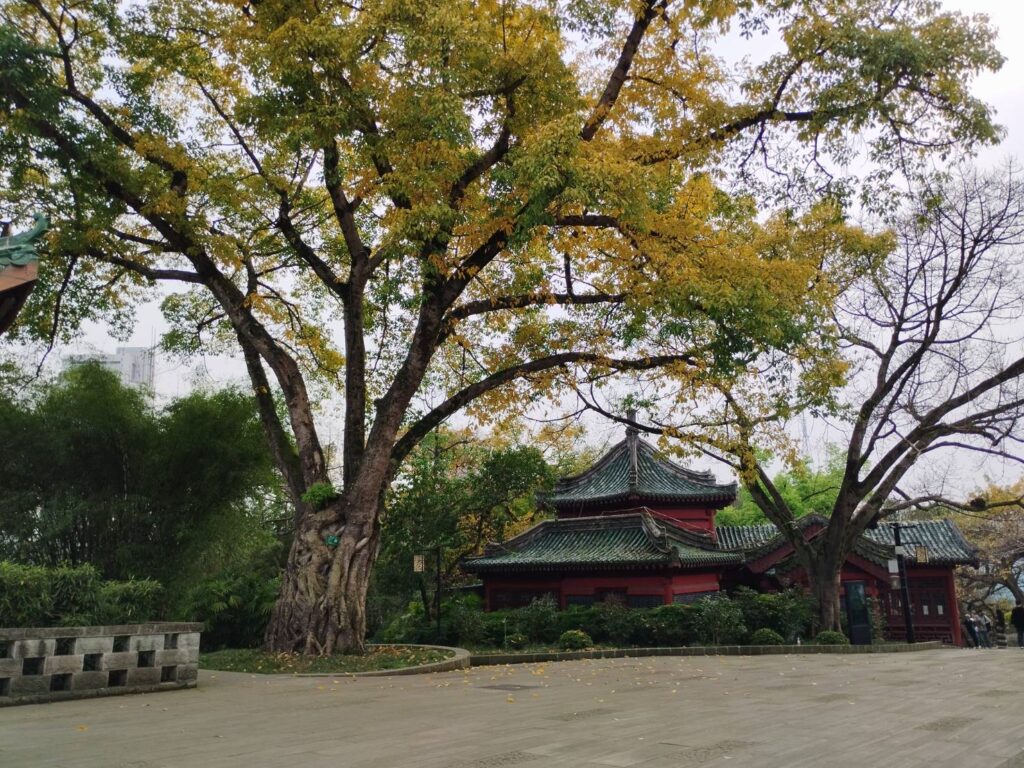
Noteworthy are its architecturally stunning landmarks, including the world’s longest horizontal skyscraper and the renowned Zhongshuge bookstore, covering 3,344 square meters and celebrated by Architectural Digest as the world’s largest bookstore.
However, looking back a decade, did you know that Chongqing, the economic powerhouse of China, once faced significant air pollution issues, largely stemming from industrial activities, coal combustion, and biomass burning? This necessitated swift government policies to address the problem, famously known as the “Blue sky defense battle,” which includes promoting clean energy initiatives.

Recently, the Chongqing Energy Institute organized a conference inviting environmental experts from Thailand, known as TEI, including experts like Benjamas Chotivithayakorn and Vilawan Noiphit. TEI compiled information about Green Chongqing under the theme “10 Things to Know,” focusing on the city’s journey towards environmental sustainability.
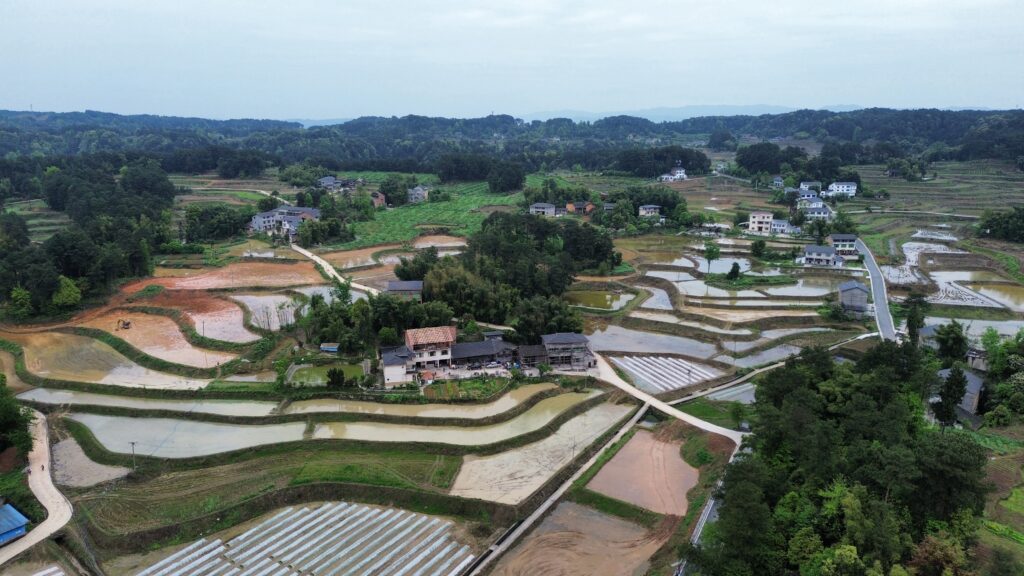
- Beautiful Landscapes: Well-managed greenery along roadsides welcomes visitors from Jiangbei Airport onwards.
- Social Organizations’ Role: NGOs play a vital role in monitoring pollution and collaborating with private companies, promoting environmental education and nature conservation.
- Expansion of Organic Farming Communities: Modern agricultural techniques are employed, creating jobs and linking agriculture with eco-tourism.
- Dual-color License Plates: Clearly distinguishable plates indicate electric vehicles (EVs), comprising around 20% of vehicles in the city.
- EV Charging Infrastructure: Evolving to meet the growing demand for EVs with widespread charging stations, though rural areas still lack access.
- Quick Battery Swap Stations: Taking less than a minute, a convenient feature for modern transportation needs.
- Emerging Clean Energy Startups: Government support has facilitated the rapid growth of startups in the clean energy sector.
- Comprehensive Solar Energy Services: Private companies offer end-to-end services, but waste management responsibilities remain lacking.
- Energy Storage Systems: Developed for industrial and household use, enhancing off-grid capabilities like camping.
- Research Collaboration: Universities like Chongqing University lead research in clean energy, recycling, and waste-to-energy technologies.
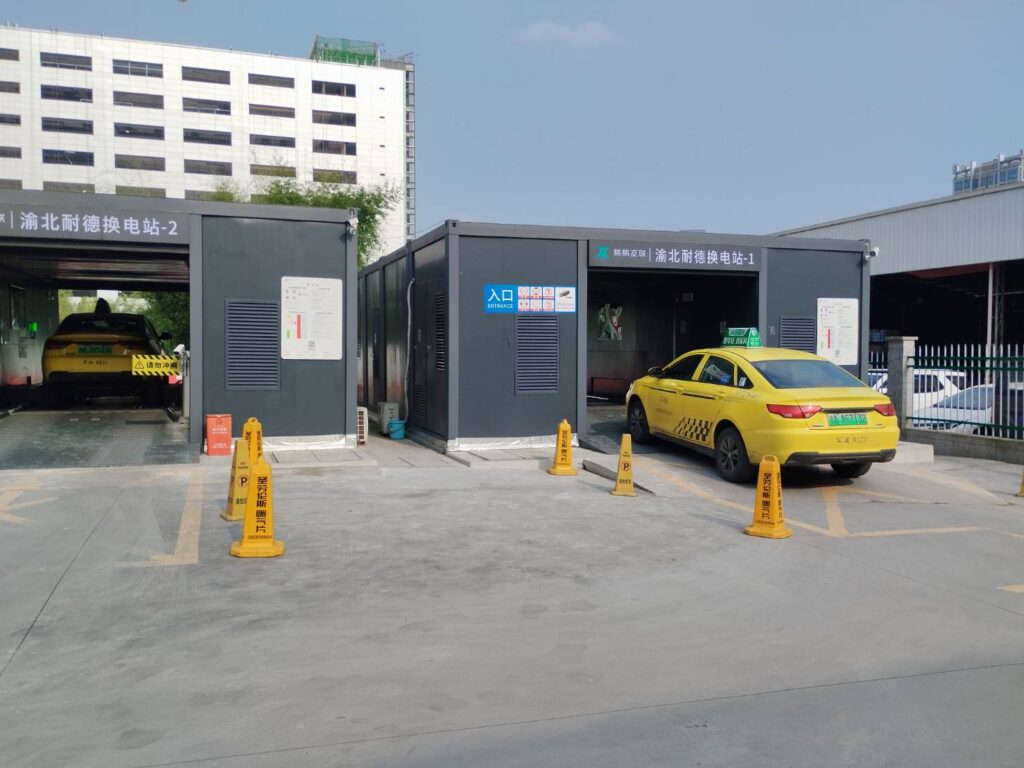
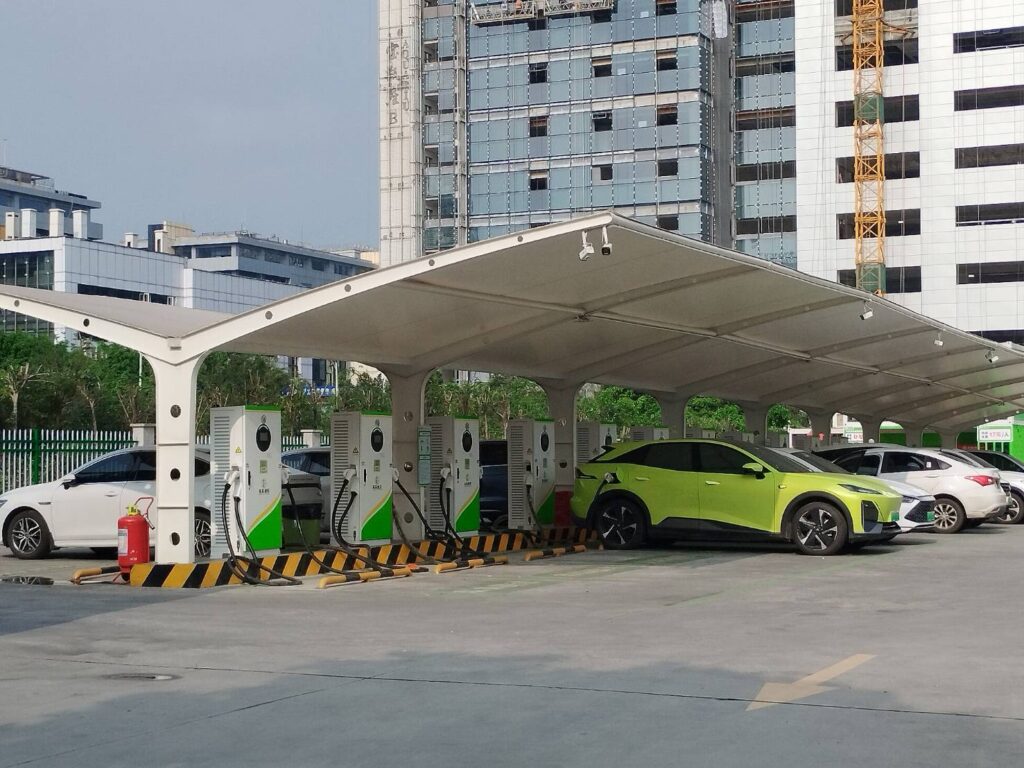
Furthermore, it’s evident from private sector discussions that China’s progress in clean energy is largely due to government policies and initiatives. Yet, despite strides in clean energy, China still heavily relies on coal and oil for energy. This transition period has seen a change in societal behavior, with increased energy consumption driven partly by tourism, creating challenges for energy sustainability.
Chongqing embodies the phrase “Celebrate Again” (Chongqing), signifying its transformation towards a greener and more sustainable future.








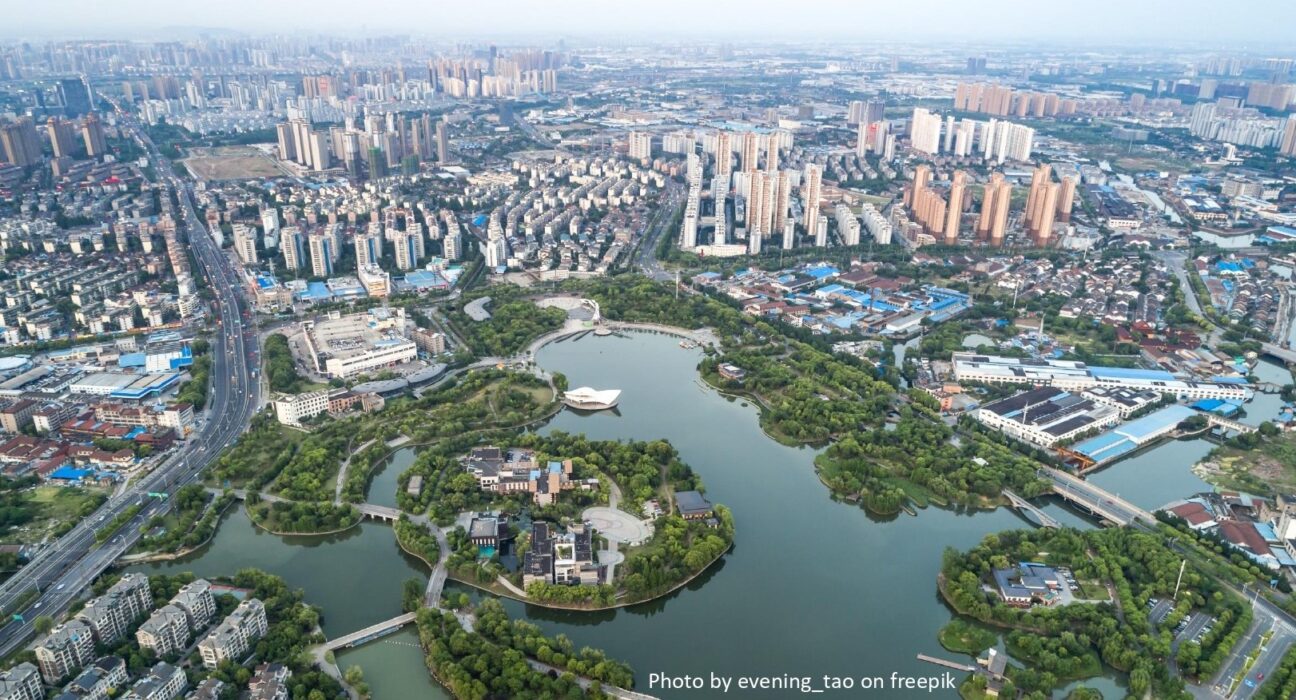







Leave feedback about this